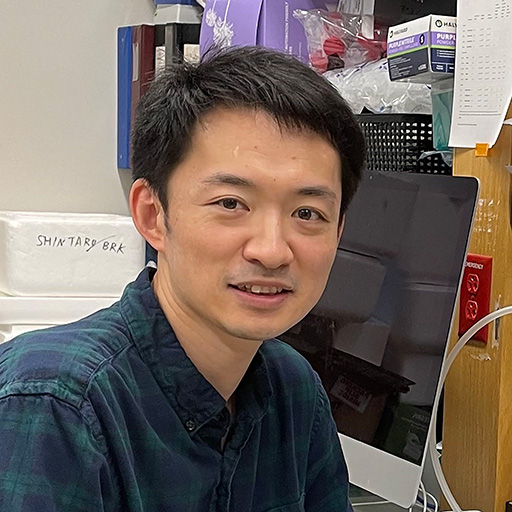The Role of A2E in RPE Atrophy
About the Research Project
Program
Award Type
Standard
Award Amount
$50,000
Active Dates
April 01, 2002 - March 31, 2003
Grant ID
M2002043
Goals
The death of retinal pigment epithelial (RPE) cells in age-related macular degeneration (AMD) precedes the degeneration of photoreceptor cells and the loss of vision. One factor that places RPE cells at risk is the accumulation of lipofuscin fluorophores. A major fluorophore of RPE lipofuscin is A2E, which may be responsible for light-mediated RPE cell death. Dr. Sparrow has hypothesized that with light exposure, A2E within the cells undergoes chemical changes that produce reactive intermediates, which cause cell injury. Furthermore, she has proposed that the target of these reactive intermediates is cellular DNA. To test her hypotheses, Dr. Sparrow is using an RPE cell culture model in which the intracellular levels of A2E can be manipulated, and the DNA can be analyzed. The goal of this work is to develop therapies that would reduce the formation of A2E, destroy this molecule within the RPE cell, or prevent the events initiated by A2E that cause cell damage. The accumulation of A2E in RPE is particularly relevant to atrophic (dry) AMD, and if successful, this study could provide a basis for the development of a treatment for the dry form of the disease.
Summary
Atrophic age-related macular degeneration (AMD) accounts for up to 21% of AMD-attributable blindness. The loss of retinal pigmented epithelial (RPE) cells in atrophic AMD and in a juvenile form of macular degeneration (Stargardt’s disease) leads to the death of the light absorbing photoreceptor cells. As a consequence, vision is impaired. Accordingly, the development of treatments for macular degeneration necessitates an understanding of the mechanisms that cause the death of RPE cells. We propose that the RPE cells at risk are those that have accumulated an abundance of aging pigment (lipofuscin). Since a major constituent of RPE lipofuscin is the fluorescent pigment A2E, efforts in the laboratory have been directed toward determining whether the accumulation of A2E by RPE cells leads to their demise. Our experiments have demonstrated that RPE cells, which accumulate critical concentrations of A2E, develop a susceptibility to death following exposure to blue light. In our search for the intermediates involved in eliciting the cellular damage, we have observed that reactive oxygen species are involved and we have evidence of the formation of previously unidentified oxidized derivatives of A2E. That A2E undergoes photochemical changes such as these is not only novel, it may be a finding crucial to our understanding of the mechanisms underlying A2E-mediated RPE cell death. As part of our effort to track the events occurring before the cell death program is initiated, we are investigating whether DNA damage occurs. In the present work we will also determine whether the agents damaging DNA are reactive oxygen species and/or photooxidation products of A2E. Moreover we will define the types of DNA damage that are sustained following blue light illumination of A2E laden RPE. The long -term goals of this work are to develop therapies that would reduce the formation of A2E, destroy the formed molecule within the RPE cell or counter the photochemical events initiated by A2E.
Grants
Related Grants
Macular Degeneration Research
Exploring How NRF2 Protein Reduces RPE Cell Damage by Cigarette Smoke
Active Dates
July 01, 2024 - June 30, 2026

Principal Investigator
Krishna Singh, PhD
Current Organization
Johns Hopkins University School of Medicine
Macular Degeneration Research
The Development of a Transplant-Independent Therapy for RPE Dysfunction
Active Dates
July 01, 2024 - June 30, 2026

Principal Investigator
Shintaro Shirahama, MD, PhD
Current Organization
Schepens Eye Research Institute of Massachusetts Eye and Ear
Macular Degeneration Research
Regeneration of Cone Photoreceptors in the Human Retina
Active Dates
July 01, 2024 - June 30, 2026

Principal Investigator
Juliette Wohlschlegel, PhD
Current Organization
University of Washington



